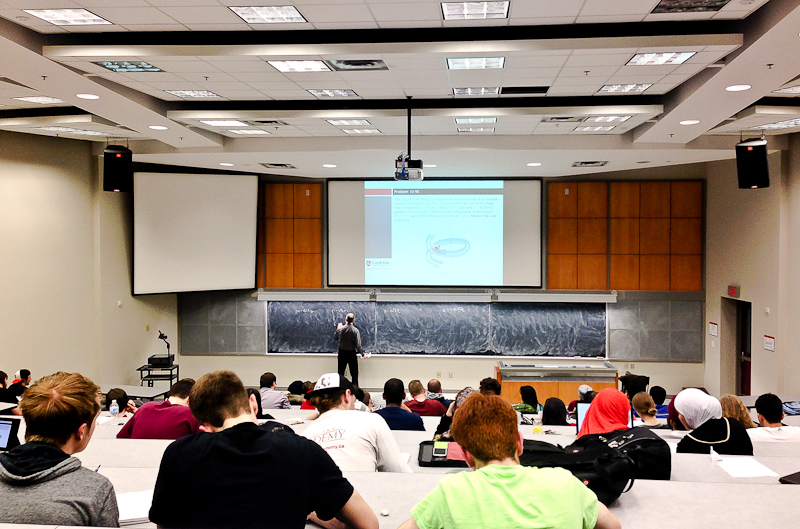A recent study suggests universities may be better off if professors focused on course responsibilities rather than their research commitments.
The Higher Education Quality Council of Ontario (HEQCO) released the report March 11 examining how much work professors perform regarding research and teaching responsibilities, in addition to how many courses university faculty were teaching in a year.
“Two years ago, [HEQCO] studied how to improve the productivity of the Ontario college and university system,” HEQCO president Harvey Weingarten said. “The typical Ontario faculty member teaches three courses a year—two in the first semester and one in the second term. Those who are not active in research do not teach more.”
He said if research-focused professors put more attention on teaching, the result would be equivalent to adding 1,500 more faculty members to the universities.
“If [the professors] are not doing research they should have extra time on their hands,” Weingarten said.
Through more courses being taught, he said this could create space for more students and more variety in terms of curriculum.
Three degree streams were included in the study, including economics, chemistry, and philosophy. The data was drawn from 10 Ontario schools, including Carleton University, according to the report.
Bonnie Patterson, president of the Council of Ontario Universities, said the report may be omitting important information about teaching duties.
She said the report acknowledges that “faculty members have other teaching responsibilities besides credit courses,” but these are not included as they are cited as difficult to measure.
“We feel it is imperative to consider these,” Patterson said. “Similarly, the issue of research has a narrow focus in the study. It only takes into consideration article citations in peer-reviewed journals and tri-council funding for research.
But Patterson said there are other forms of research that professors engage in.
“Many professors write articles, books, contribute chapters to books of their peers, and prepare case studies,” she said. “These additional elements . . . are equally important in measuring the research contributions and output of faculty.”






